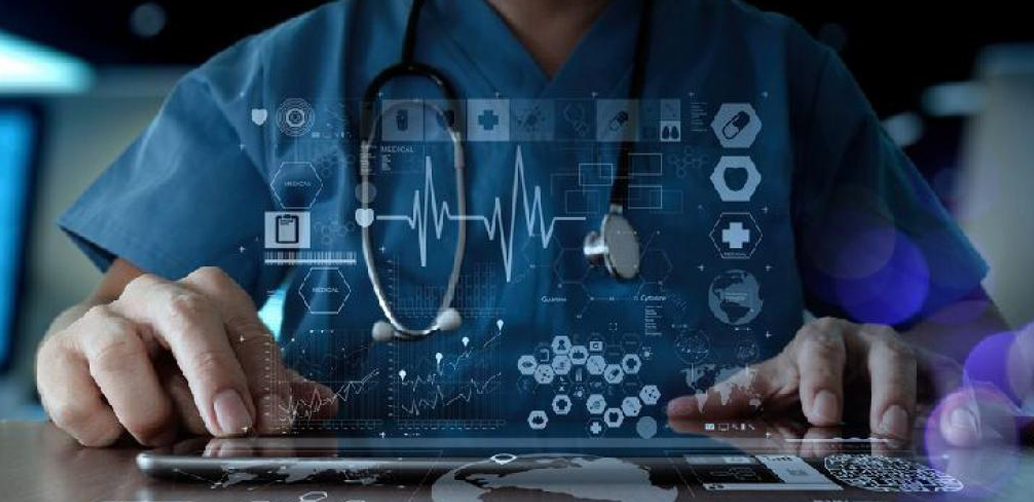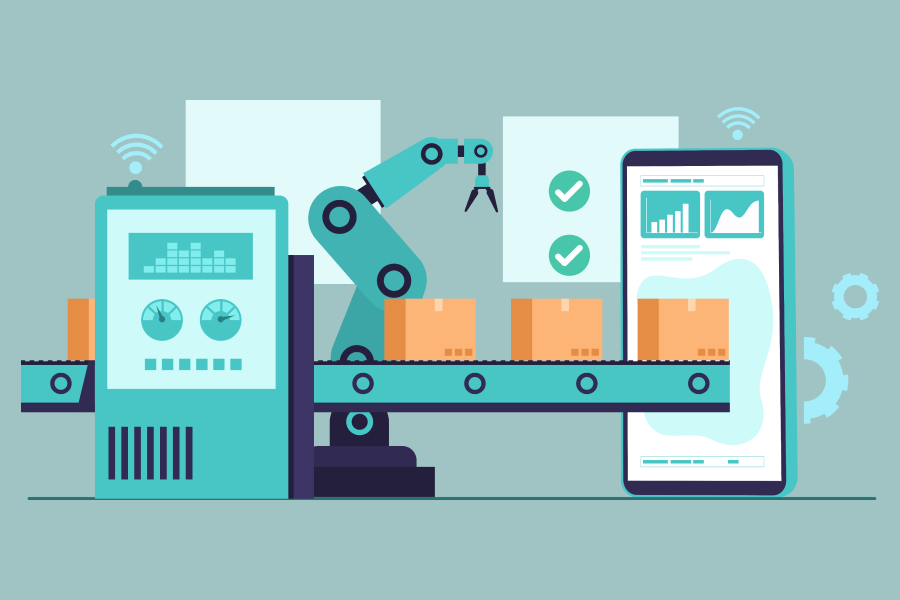The ongoing pandemic has impacted how people work and socialize. It has also left a profound impact on the healthcare sector. The highly contagious nature of the Coronavirus and the infection triggered by it has necessitated the need to deploy remote patient monitoring systems.
Since last year, from the time the virus started spreading, doctors and clinical staff started using remote patient monitoring systems unprecedentedly. Using telehealth and such remote patient monitoring setups is now commonplace in the USA and other nations.
Using telehealth apps and devices is a logical move
As per the latest data, more than 35% of the US population now rely on remote patient monitoring applications and devices to evade visiting clinics and hospitals. This is actually prudent.
Visiting a clinic requires a person to use transport, and he/she faces an enhanced risk of contracting the infection. This is riskier for the elderly lot and those with existing health issues. Using telehealth apps and devices prove to be beneficial for both the healthcare staff and patients eventually.
The glitches arising in the deployment of remote patient monitoring setups
While using telehealth apps and machines has been beneficial for the healthcare entities, the journey is not exactly butter smooth. The clinical staff and doctors using these applications and devices have run into usage glitches from time to time. It is not only about the ease of use or learning curve that holds back the potential of telehealth systems. A section of the doctors and clinical staff have expressed reluctance in using these systems.
There are doctors and clinical workers who express doubts over the accuracy of data quality. They are especially skeptical about the correctness of data reported by the patients and self-monitored information.
However, the massive impact of the Covid-19 pandemic leaves no other choice than to use remote patient monitoring systems in many clinical facilities. It is time the CIOs start exploring standalone platforms to let the telehealth systems function better.
How to make the remote patient monitoring setups more welcoming for the clinical users?
The CIOs need to take proactive steps to ensure the available resources are utilized in the best way. For this, they need to adopt the following measures:
- Picking the right device– Nowadays, you can see so many health devices and wearable devices popping up, and they are being used widely for remote patient health monitoring and gathering of vital health metrics too. Not all these devices are CMS certified for reimbursement. It is necessary to look for FDA-listed devices.
- When you buy an FDA-approved medical device, it is expected to be safe and effective. The FDA segregates medical devices into three types- as per human usage risk. Based on the type, a medical device undergoes different regulatory processes, and these include a clinical trial. Besides, the FDA also offers necessary guidelines for using such devices, and the documents are useful for the end-users. They also get to learn its pros and cons. So, the doctors will feel encouraged to use these devices.
Since the Remote monitoring devices are used by the clinic staff and doctors to monitor vital metrics like heart rate, blood oxygen saturation levels, and body temperature, they will feel more assured when using FDA-approved devices. They can use the data obtained to make informed decisions.
- Mapping physician workflows for getting their confidence – A remote patient monitoring program should not be implemented in a hospital or specialty clinic in a hurry. Deploying a new setup and program in such places in a hurry can only make things harder to manage. There has to be a planned process for inducing the system in the clinics existing workflow. This makes things better for all parties involved. The physician inputs are useful for locating the prioritizing services. This is pivotal in the success of remote patient monitoring programs too.
Factors that have to be analyzed include available budget, need to monitor remotely, and ROI. It is useful to conduct a trial run of the systems and devices before putting them to use. Running a simulation helps the clinic staff and doctors to identify hurdles in the system, and then these can be sorted out. They can learn things from the trial run. Then they can minimize the glitches when using the remote patient monitoring system for interacting with the patients, real-time.
Not all departments in a hospital or clinic will need these devices equally, as it is. The cardiology section is likely to require and deploy more digital monitoring devices than the others. It may need the usage of devices to monitor metrics like BP, EKGs, heart rate. In the dermatology section, using a high-resolution camera may suffice. The device implementation has to be done accordingly.
- Adopting FHIR standards for data integration with the daily workflow of the doctors –The doctors have hectic schedules anyways, and the lingering pandemic has made their schedules busier than ever before! They see the patients as per scheduled appointments, and this can be done virtually as well. They also need to pay a visit to the emergency wards and ICUs, from time to time, based on the situation. Now, to follow up a patient using remote monitoring properly, the doctors need clinical documentation and updated metrics of the patients.
Devices are linked with the EHR to facilitate remote patient follow-up. Then the doctors can obtain updated patient data and past records at a glance. The updated data obtained from personal health devices have to reach the clinicians through APIs and platforms that sync with these devices. This can be done through mobile apps. Nowadays, clinical data is sent to health gateways by devices in many formats.
There is a lack of standards for clinical data syncing, and that makes the task for developers tedious. They have to develop code for plenty of devices. It is necessary to tweak FHIR standards so that a common format can be developed and that can be used by a multitude of devices. Remote patient monitoring makes use of 3 main FHIR resources- Observation, Device, and Patient.
Types of data
The data gathered from patient health devices can be of 6 types.
- Scalar- Measurements with a single field – weight, steps, temperature, glucose level, and pulse, etc.
- Vector- Measurements with two values like BP and acceleration.
- Event/state– Measurement used for applications monitoring– like a humidifier status.
- Code- Contextual measurements- like fasting glucose levels.
- Waveform- Periodic data like ECG traces.
- String- Used for showing text format measurements.
Summing up
There is no denying that the pandemic has acted as a catalyst for the remote patient monitoring sector. The remote patient observation devices are selling like hotcakes. However, there is a need to smoothen the existing hurdles. The CIOs need to choose such devices and applications wisely. The implementation of remote patient monitoring systems should be done in a systematic, well-planned manner while utilizing the inputs of involved parties. Streamlining the FHIR standards for smoother data sync and exchange between medical devices and telehealth setups is also necessary.

 Web and Full Stack
Web and Full Stack CMS and Frameworks
CMS and Frameworks Online Marketing
Online Marketing Cloud Services
Cloud Services ECommerce
ECommerce Mobile
Mobile



